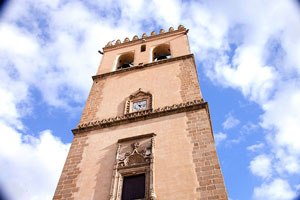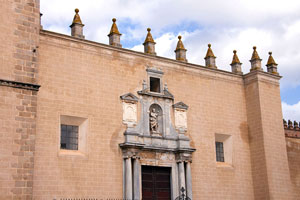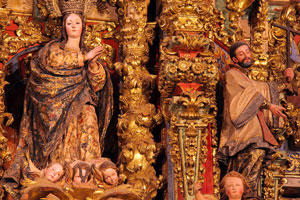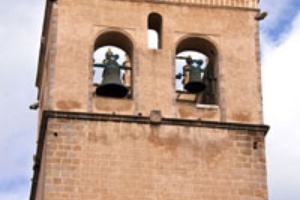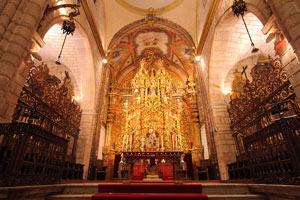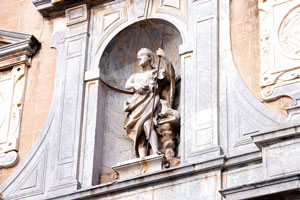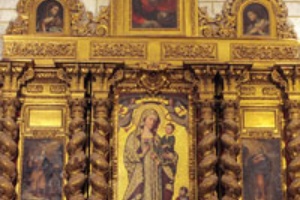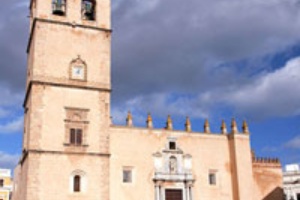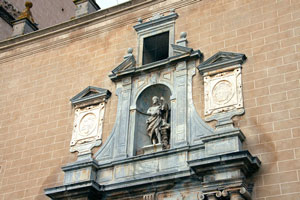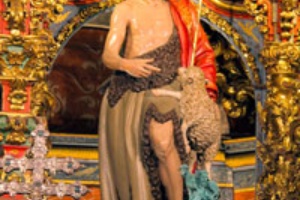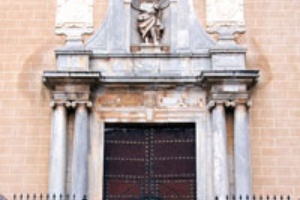Art and culture
Badajoz Cathedral
This architectural masterpiece has been the venue for many key events throughout history, such as the Royal wedding of John I of Castile and Beatriz of Portugal in 1383.
- Explore
- Badajoz Cathedral
Disguised as a fortress
Location and Contact:
- Tel.:+34 924 223 999
- Email: turismo@aytodebadajoz.es
- Website address: https://www.meridabadajoz.net/archidiocesis/catedral-de-badajoz/
- Opening times
Winter Schedule: Tuesday to Saturday. 11am - 1pm and 5pm - 7pm
Summer Schedule: Tuesday to Saturday. 11am - 1pm and 6pm - 8pm
-
This architectural masterpiece has been the venue for many key events throughout history, such as the Royal wedding of John I of Castile and Beatriz of Portugal in 1383.
Badajoz Cathedral was constructed in the 13th century by order of King Alfonso X "The Wise". Dedicated to Saint John the Baptist, it was declared a Site of Historic and Artistic Interest in 1931.
The first thing that strikes you is the large number of coats of arms pertaining to bishops and noblemen, as well as that of the diocese, adorning the façade. There are three entrances into the cathedral, the most important being the one known as “del Cordero” (literally, The Sheep Door), as it was the one used by the more famous figures of that period.
The inside has twelve minor chapels and is a fine example of decadent Gothic architecture, housing some truly superb works of art. Its many outstanding features include the 17th century wrought-ironwork, which follows the Portuguese Alentejo style, as well as the huge lamp that hangs from the transept.
We should also highlight the masonry of the choir, its three Baroque organs, the main altar, the Cathedral Museum and a magnificent collection of 16th century Flemish tapestries.
It also boasts a tower of 41 metres in height, built by Gaspar Mendes Its outstanding design includes two magnificent windows carved in stone, one gothic and the other plateresque. It has a clock on two sides and is crowned by a bell tower and battlements, giving this metropolitan cathedral the appearance of a fortress. -
- Origin:
-
- 13th century
- Construction:
-
- Cathedral
- Art period:
-
- Gothic
- Period in history:
-
- Various styles
- Official name :
-
- Historic-artistic site
Gallery:
More suggestions
-
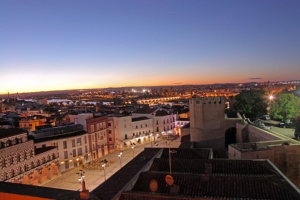
Badajoz — leisure and culture at the border
Crossed by the Guadiana River, there's nothing you won't find in Badajoz. The city's building façades and street corners are just oozing with history; not to mention its parks, ideal for a stroll or sports activities, and a wide range of services on offer to enable you to enjoy the city at your leisure.
-
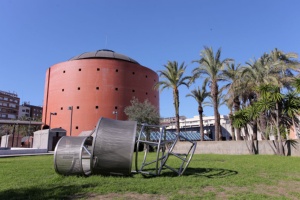
MEIAC, Contemporary Art
In the old prison in Badajoz, this museum houses a collection of contemporary Spanish, Portuguese and Ibero-American art.
-
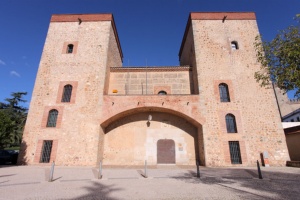
Badajoz Provincial Archaeological Museum
This museum is located in one of the oldest and most representative buildings in Badajoz, where several thousands of archaeological objects of great historical relevance are kept.
-
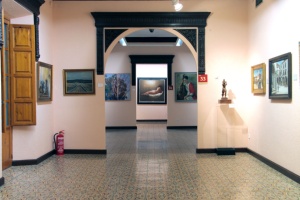
Fine Arts Museum
The Fine Arts Museum houses works by regional artists, and also by national artists, such as Goya and Picasso.
-
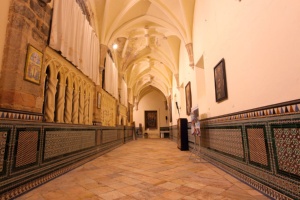
Badajoz Metropolitan Cathedral Museum
Some of the most important pieces on display at this Cathedral Museum are the valuable panels by the painter Luis Morales, along with gold and silverwork and historical tapestries
-

Badajoz Carnival Museum
The carnival is possibly the most important festival of the year in Badajoz
-
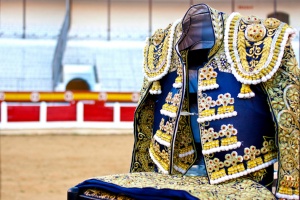
Badajoz Bullring
Badajoz bullring hosts one of the most important bullfighting fairs in the region.
-
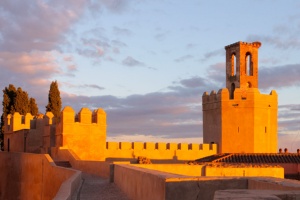
The Alcazaba (Arab Fortress), a spectacular view
The Alcazaba, or fortress, was the origin of the city, the dwelling of the Kings of the Taifa Kingdom and the defensive structure which made Badajoz a strategic fort to control the area's historical borders.
-

Castelar Park
The palm trees that populate this park in Badajoz bestow an air of warmth on a place that is also used as a venue for fairs and exhibitions.
-
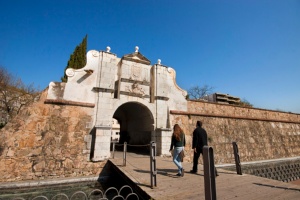
Walled enclosure in Badajoz
Gates and bastions all over the city of Badajoz give a glimpse of what the ancient walled enclosure that protected the city looked like.
-
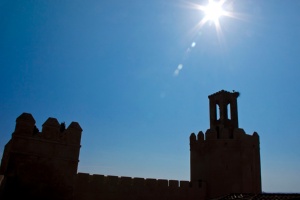
Torre de Espantaperros
Different towers from the Almohade era that were used as vantage points and places of protection are preserved in the city of Badajoz. The most emblematic one is the Espantaperros tower.


